When astronauts Suni Williams and Butch Wilmore went into space in early June via Boeing and NASA’s Starliner mission, the news was celebrated as a major win for Boeing in the space race against SpaceX.
However, since docking with the International Space Station (ISS), the astronauts have faced continual issues with their spacecraft; prompting fears for their safety and return to Earth. However, a new announcement from NASA has given the duo reasons for hope.
What Prompted Fears?
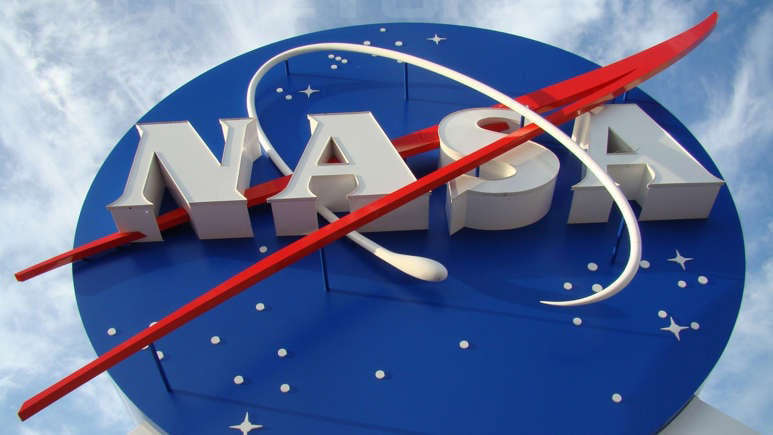
Issues with the spacecraft’s thrusters, as well as helium leaks, emerged in early June. However, it was initially believed that all these issues had been resolved before blast off. However, serious issues emerged and persisted while Williams and Wilmore were in space; consequently delaying their return to Earth.
Driving concerns were reports that the Starliner only had 45 days’ worth of fuel supplies. However, NASA’s statement has alleviated these concerns
Starliner Can Stay in Space Beyond Initial Time Frame

NASA have now said that the Starliner, which is docked with the International Space Station (ISS) is performing well enough to stay in orbit beyond the 45-day limit.
NASA now says that the Starliner should be able to stay in space for double that time, if not more, allowing for further testing of the spacecraft’s faults.
NASA’s Full Comments
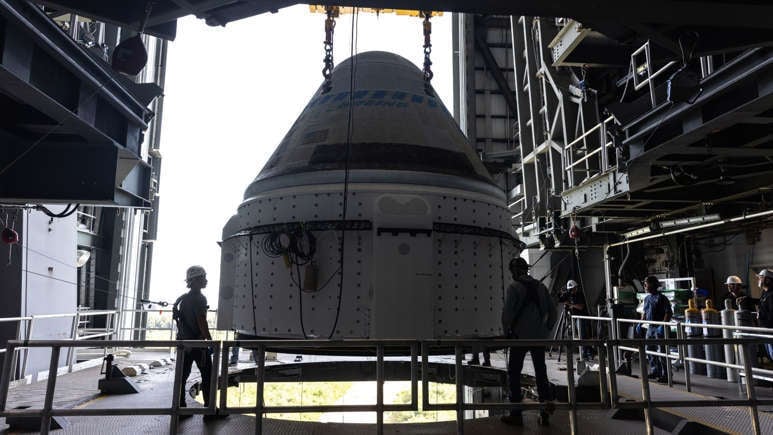
Steve Stich, NASA’s Commercial Crew Program manager, said “We talked about a 45-day limit, limited by the crew module batteries on Starliner, and we’re in the process of updating that limit.”
He added, “We’ve been looking at those batteries and their performance on orbit. They’re getting recharged by station, and that risk hasn’t really changed. So the risk for the next 45 days is essentially the same as the first 45 days.”
How Long Can The Starliner Stay in Space?
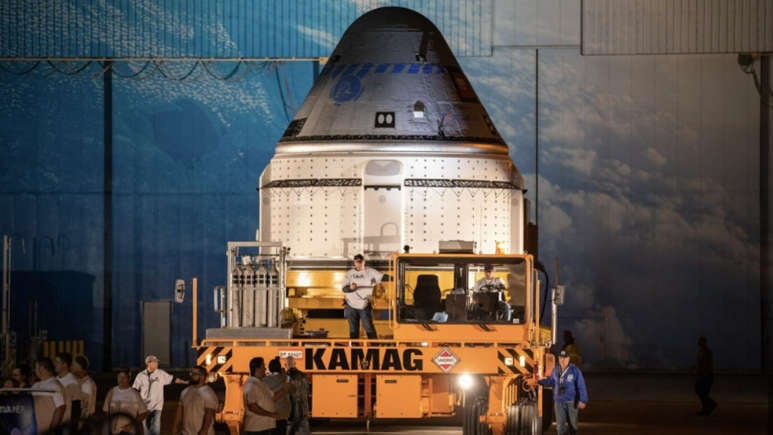
As this is only the Starliner’s third mission in space – and first with a crew of astronauts – NASA had previously been unaware of how the spacecraft’s battery would perform.
However, they now believe that Starliner could stay as long as 210 days in orbit. Stich said, “What we really are doing now is looking at the performance of the battery in flight. We don’t see any degradation in any of the cells where the batteries are.”
NASA Deny Astronauts Are Stranded
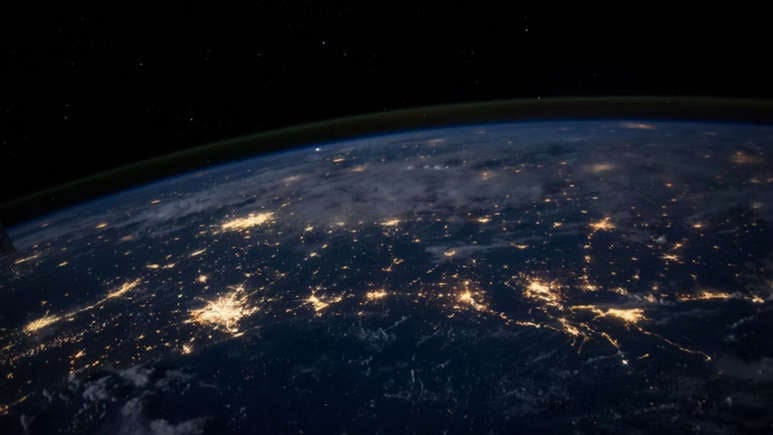
NASA strenuously denied reports in late June that Wilmore and Williams were stranded in space following repeated delays to their return to Earth
“I want to make it real clear that we’re not in any rush to come home,” said Steve Stich. He added, “The station is a nice, safe place to stop and take our time to work through the vehicle and make sure we’re ready to come home.”
Starliner Remains in Good Condition
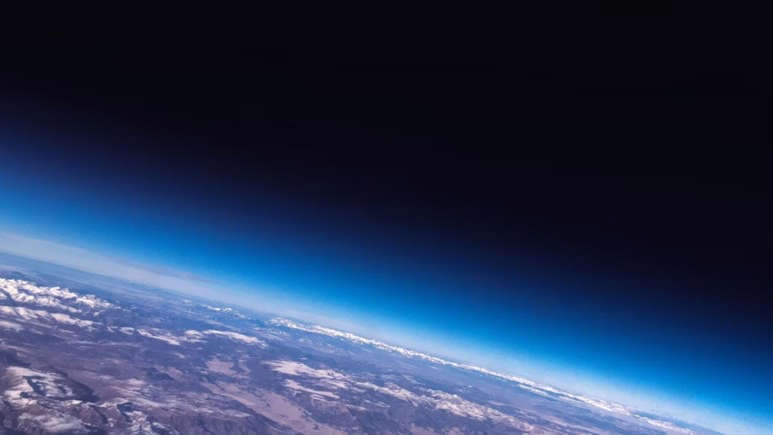
Despite ongoing faults, the Starliner is rated to be in good condition and is ready to leave the ISS in the case of an emergency.
However, the Starliner is expected to stay in space into August as ground tests are done to learn more about the reasons behind the surprise faults.
Progress Made in Testing
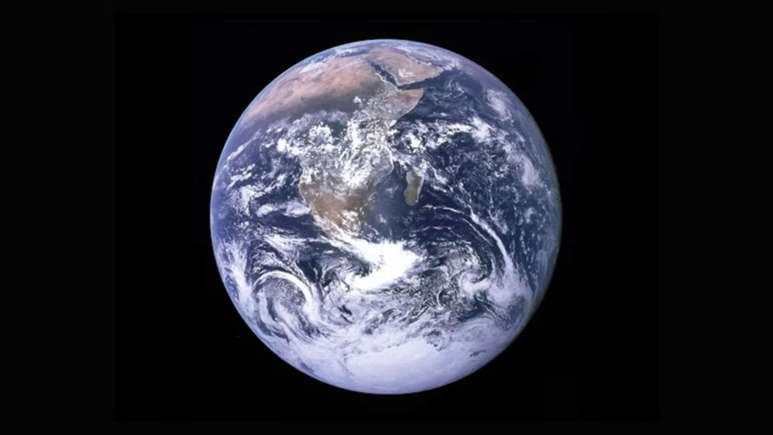
While June 15th testing was unable to find the root causes of the issues plaguing the Starliner, progress was made during further tests on June 28th.
At the end of last month, NASA said that helium leaks had stabilized and all but one of the thrusters was ready for use to come back to Earth.
What Was The Original Timeline For Return?
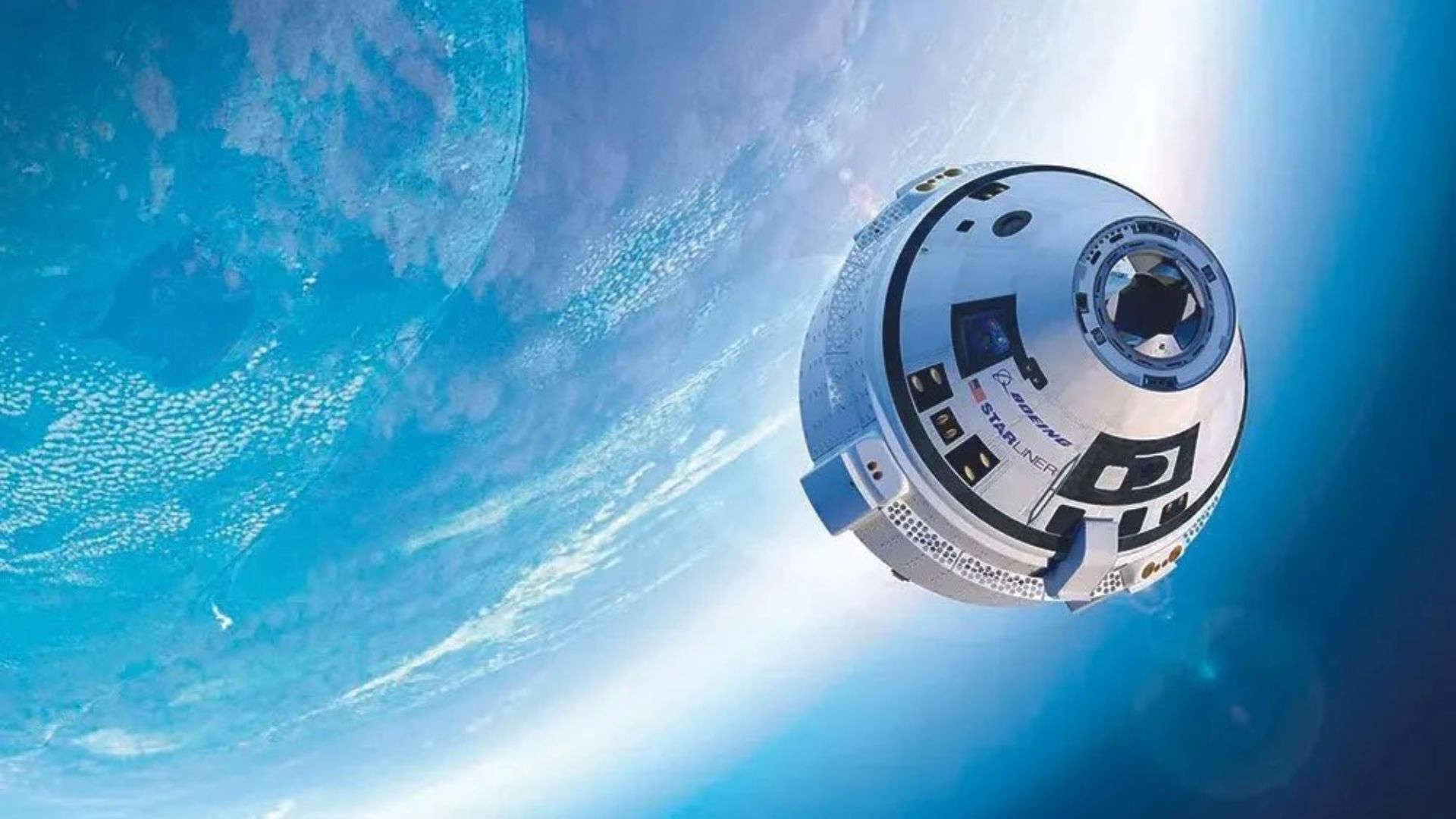
The ongoing Starliner mission, called Crew Flight Test (CFT), was supposed to wrap up in under a fortnight.
After docking with the International Space Station on schedule on June 6th, Wilmore and Williams were originally planning to return to Earth on June 13th.
Who Are The Starliner Crew?
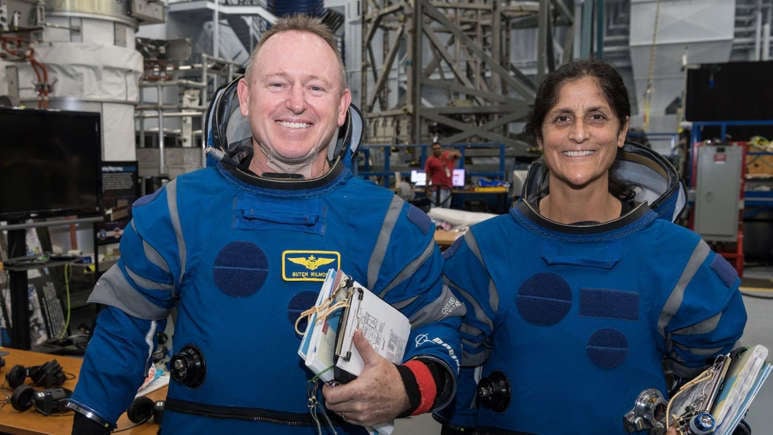
Barry E. Wilmore, one of the two astronauts aboard the Starliner, previously piloted NASA’s 2009 STS-129 mission and returned to space once again in September 2014 as part of Expedition 41/42.
Meanwhile, pilot Sunita “Suni” Williams, began training as an astronaut in 1998 and was launched into space in 2006 via NASA’s STS-116 mission. This latest Boeing mission made Williams the first woman to pilot a spacecraft on its maiden test flight.


